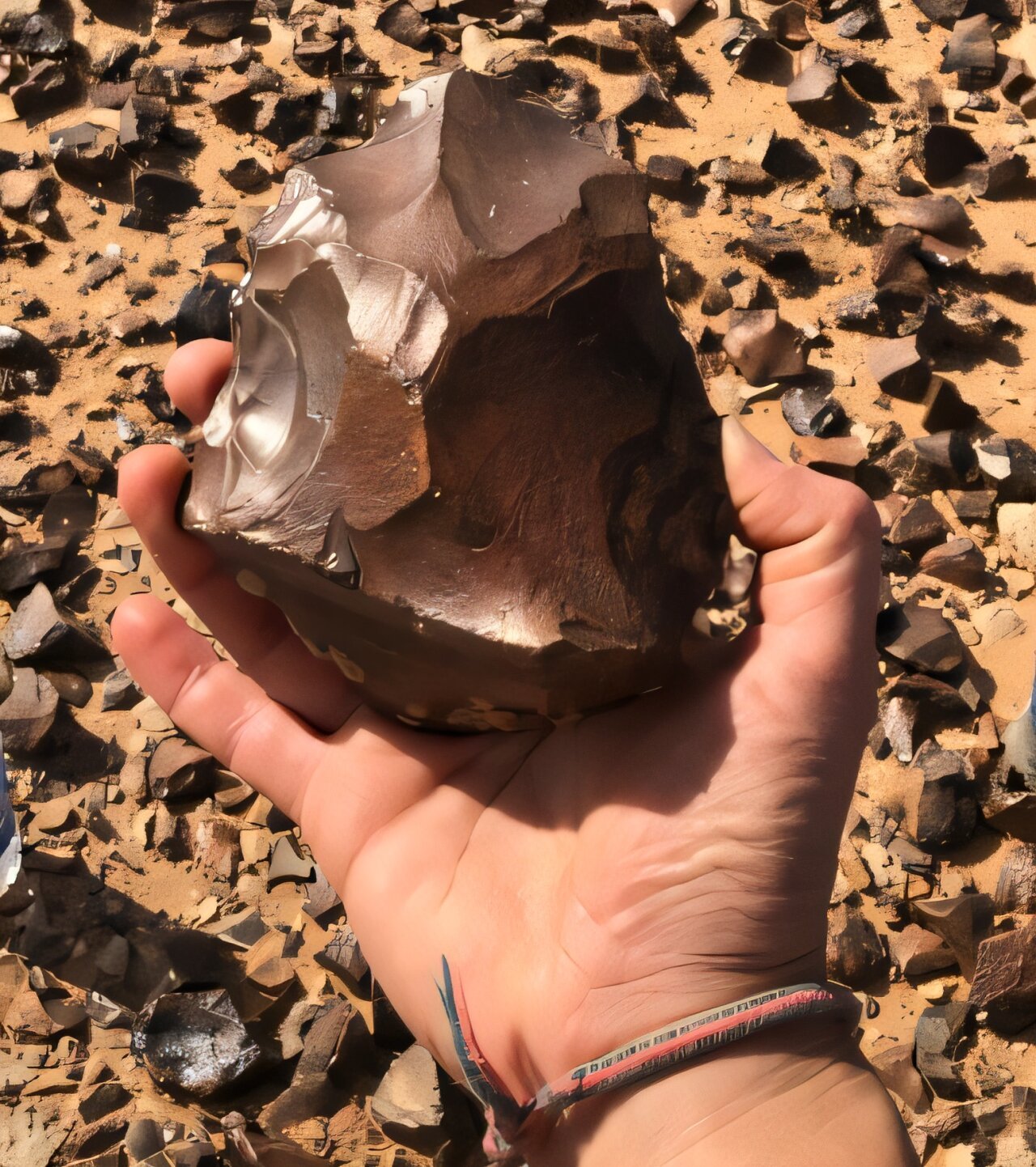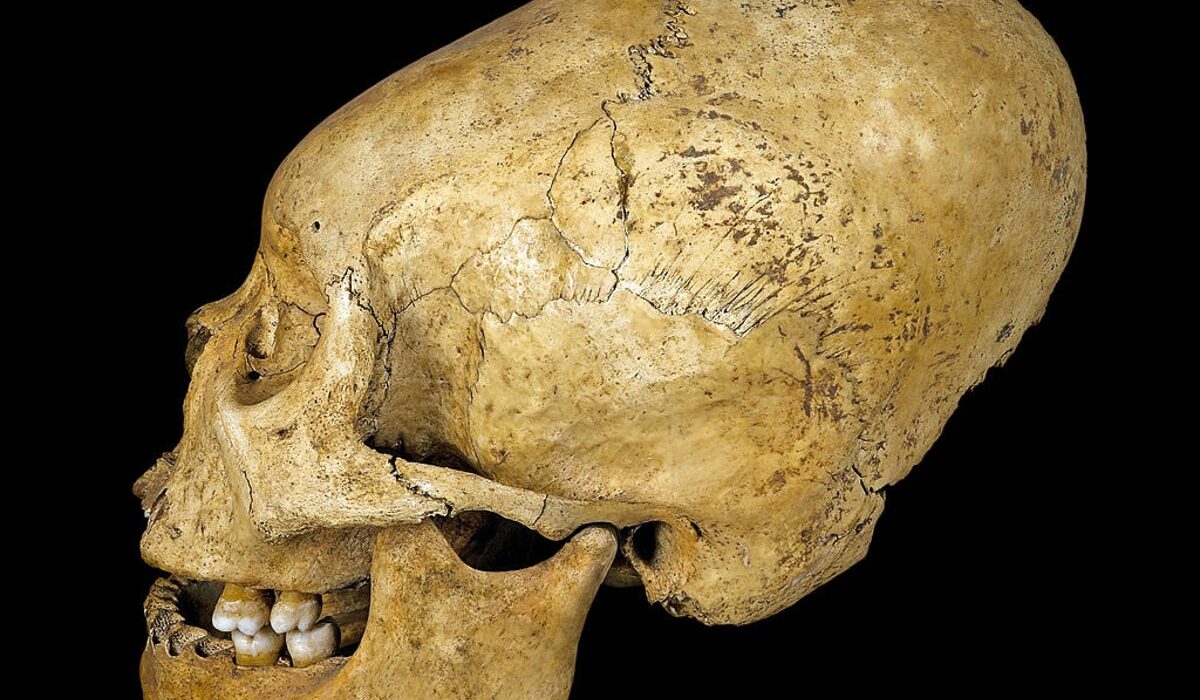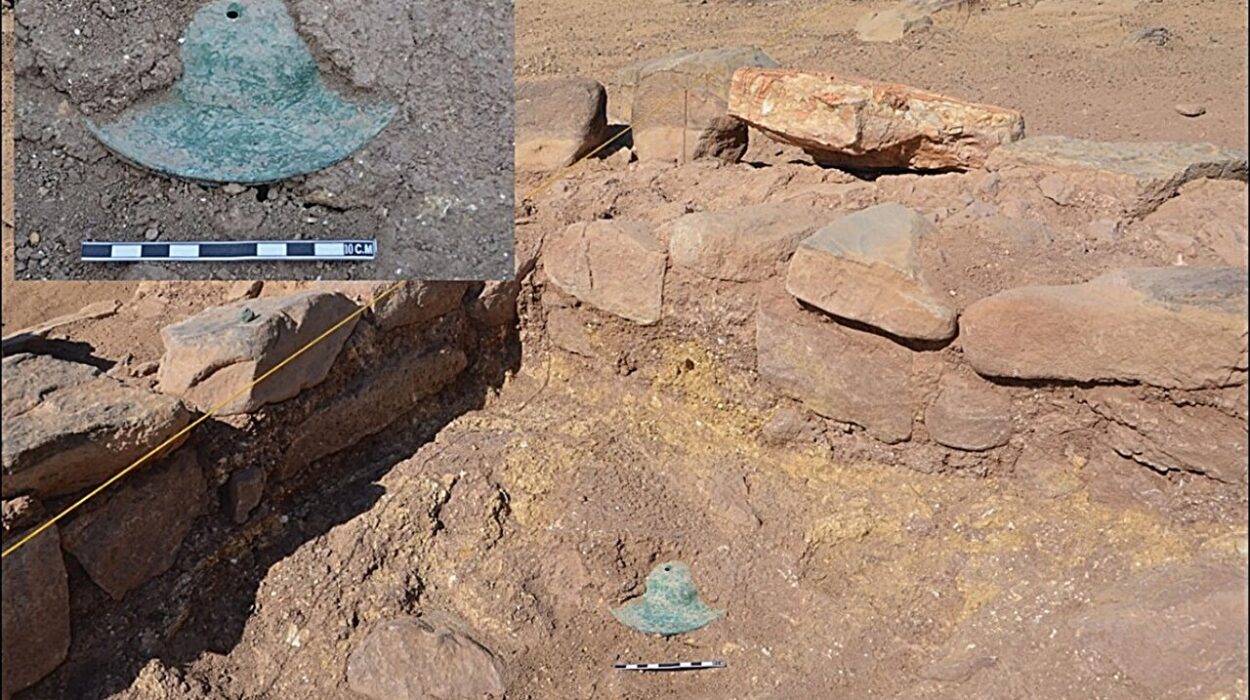In November and December of 2024, Ella Egberts, a researcher from Vrije Universiteit Brussel (VUB), embarked on a groundbreaking journey to the Iraqi Western Desert, as part of a pilot project aimed at uncovering the hidden archaeological secrets of the region. The project, focused on surveying and collecting surface material from the Al-Shabakah area, sought to gain a deeper understanding of the geomorphological history of the region and to explore the potential for preserving significant archaeological sites dating back to the Old and Middle Paleolithic periods—two critical phases in early human history. The results of this ambitious field campaign have far exceeded expectations, and Egberts plans to expand the scope of her research in Iraq in the near future.
The Geographical and Historical Context of the Western Desert
The area of focus for Egberts and her team lies within the Iraqi Western Desert, specifically the Al-Shabakah region, an area historically shaped by environmental shifts during the Pleistocene Epoch. During this time, the region was home to a vast, ancient lake that has since evaporated, leaving behind dry riverbeds or wadis that cross the barren landscape. These features provide valuable clues to the past climatic conditions and the movements of early human populations.
By examining the surface materials—stones, tools, and flakes—Egberts and her team hoped to uncover traces of early human habitation and to map out how ancient humans interacted with their environment. These discoveries could illuminate the geomorphological history of the region, shedding light on environmental changes over millennia and the role of humans in adapting to those changes.
Uncovering Paleolithic Sites
The fieldwork, which focused on prospecting the surface of a 10 by 20 km stretch of land, proved to be a tremendous success. Egberts and her team uncovered seven Paleolithic sites, each rich with artifacts that span different phases of the Stone Age. The area’s significant archaeological potential was immediately apparent, with over 850 artifacts collected, including ancient hand axes from the Early Paleolithic and Levallois reduction flakes from the Middle Paleolithic.
The team’s focused approach to the sites involved a systematic study of the distribution of the materials, followed by preliminary technological and typological analyses. This initial research provided invaluable insights into the spatial patterns of human activity in the region, as well as the technological developments of early humans. One of the key outcomes of this phase was selecting one site for a more detailed study, where a comprehensive investigation will continue.
The Importance of the Findings
Egberts noted that the discoveries made so far are just the beginning, with the other uncovered sites in need of similar detailed study. “The other sites also deserve equally thorough systematic investigation, which will undoubtedly yield similar quantities of lithic material,” Egberts remarked. The ongoing study of the distribution of these artifacts, combined with emerging understanding of the region’s geomorphological history, has already started to reveal early clues about how early humans used the landscape.
These initial findings suggest that humans may have been strategically utilizing the terrain of the Western Desert, possibly to adapt to changing climates or to take advantage of the now-dried-up lake system for hunting, foraging, or as a seasonal refuge. Further research will be necessary to confirm these early hypotheses, and Egberts is eager to expand her study into larger regions of the desert. Her ultimate goal is to conduct more extensive sampling, allowing for a fuller understanding of the relationship between early human behavior and environmental factors.
Egberts intends to integrate the results of her work in Iraq into broader discussions surrounding human evolution and behavior, particularly in the context of the Arabian Peninsula, a region that has long been underrepresented in archaeological studies of early human history.
Training the Next Generation of Iraqi Archaeologists
Beyond the scientific objectives of the project, Egberts also aimed to contribute to the development of archaeological expertise in Iraq. As part of the fieldwork, she took a hands-on approach to teaching and mentoring Iraqi students in the fields of geo-archaeology and Paleolithic archaeology. Three students from Al-Qadisiyah University accompanied the team in the field, gaining invaluable experience in archaeological surveying, artifact analysis, and field methodologies.
After the field campaign, Egberts hosted a workshop at the university, where she shared her team’s findings and provided a platform for students to discuss Paleolithic archaeology. This initiative was part of her broader effort to inspire the next generation of Iraqi scholars to engage with the prehistoric past of their country.
The educational outreach extended further when Egberts and her team presented their findings at a conference in Karbala, engaging with a multidisciplinary audience of scholars interested in the history of the Western Desert. In Najaf, they shared their results with the general public and local press, emphasizing the significance of the Paleolithic discoveries in Iraq. One of the most rewarding experiences was teaching local elementary school children about prehistoric flint tools, allowing them to explore the deep past of their own country.
Overcoming Challenges
Though Iraq has a reputation for political instability and conflict, Egberts’ experience in the country has been unexpectedly smooth. Despite concerns over security, especially in light of the Gaza conflict earlier in the year, Egberts and her team were able to carry out their fieldwork without major incidents. “Apart from the presence of numerous checkpoints, we were able to carry out our work without any problems,” she stated. The local communities, she noted, were incredibly supportive and welcoming, making her experience in Iraq more positive than anticipated.
The Iraqi State Board of Antiquities and Heritage has been highly supportive of the project, encouraging Egberts to continue her work and further explore the archaeological potential of the region. This collaboration with local authorities has been vital for the success of the project, ensuring that the archaeological findings are carefully preserved and integrated into the national heritage of Iraq.
Next Steps: Expanding Research and Securing Funding
Egberts is now focused on the next phase of her research, which involves securing funding to continue her work. The immediate goal is to reconstruct the Pleistocene environmental changes in the region and investigate the patterns of early human presence and behavior in the Western Desert. These findings will not only enhance our understanding of the history of human evolution but also inform future conservation efforts aimed at preserving the archaeological sites uncovered in the region.
The discoveries in Iraq offer a rare opportunity to study early human societies in one of the most underexplored areas of the world. As Egberts plans the next steps in her research, she hopes to expand her fieldwork to include a broader region of the Iraqi Western Desert, further building on the insights gained and deepening our understanding of the ancient landscape that once supported early human populations.
Conclusion: A Bright Future for Archaeology in Iraq
Ella Egberts’ work in Iraq has already yielded remarkable discoveries and has the potential to significantly reshape our understanding of early human life on the Arabian Peninsula. Through her fieldwork, she is not only uncovering valuable archaeological material but also fostering a new generation of Iraqi archaeologists and sharing knowledge with a broader academic and public audience.
The combination of scientific inquiry, cross-cultural collaboration, and educational outreach makes Egberts’ project a standout example of modern archaeology’s potential to bridge gaps between nations and cultures, while contributing to the global understanding of our prehistoric past. As the research continues and expands, the archaeological discoveries in the Iraqi Western Desert will undoubtedly have a lasting impact on the study of human history, evolution, and behavior.
Source: Free University of Brussels






